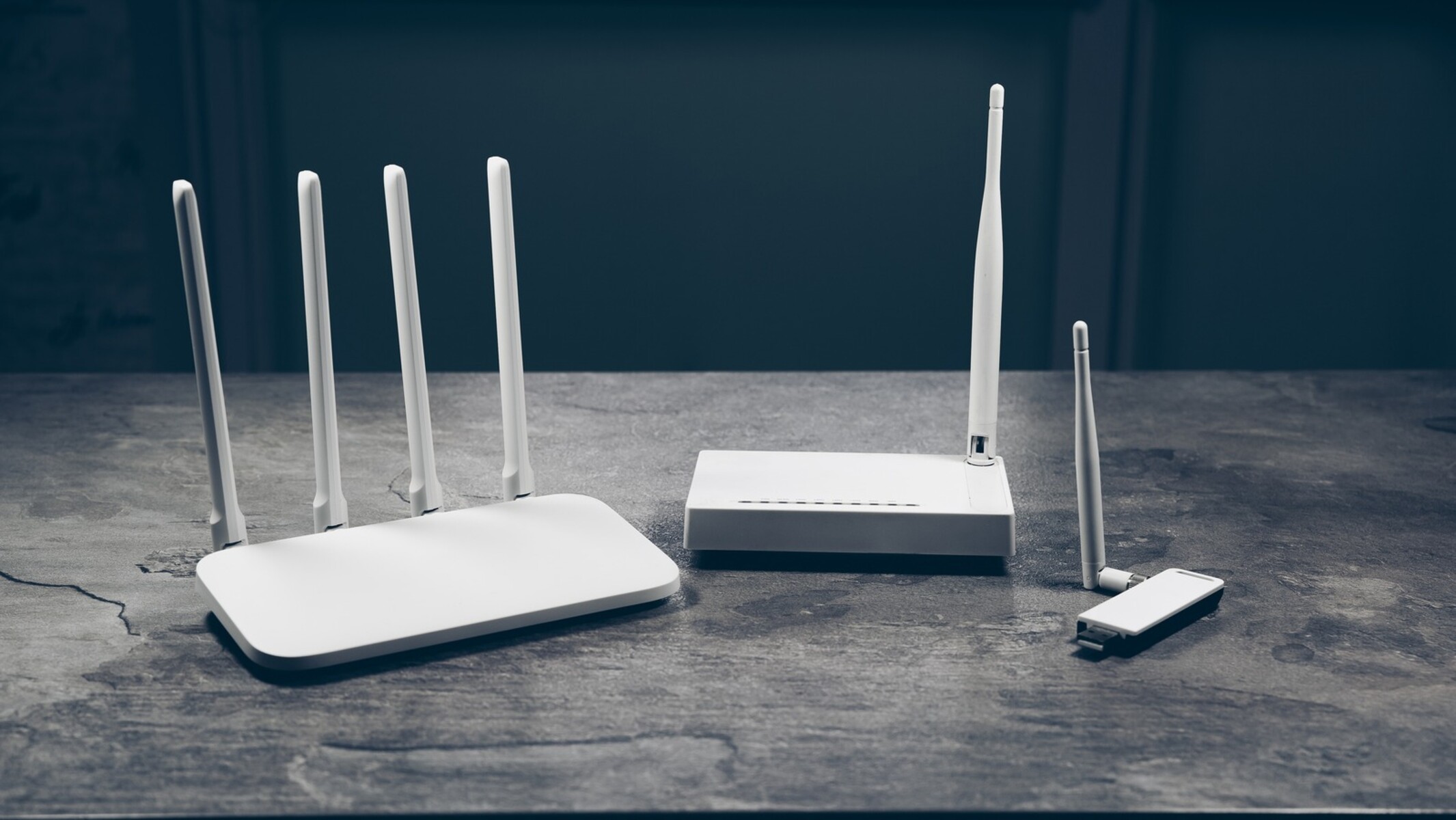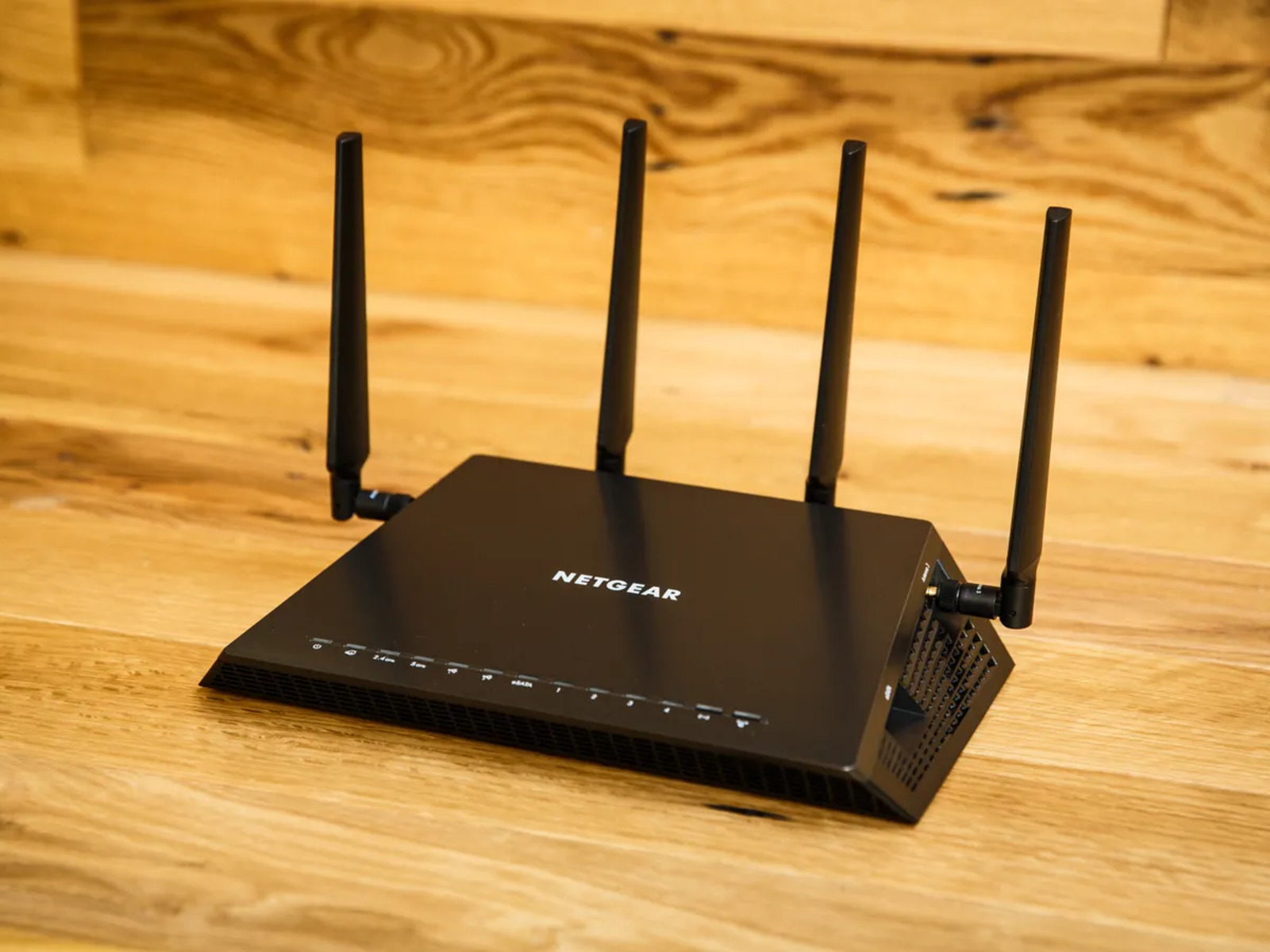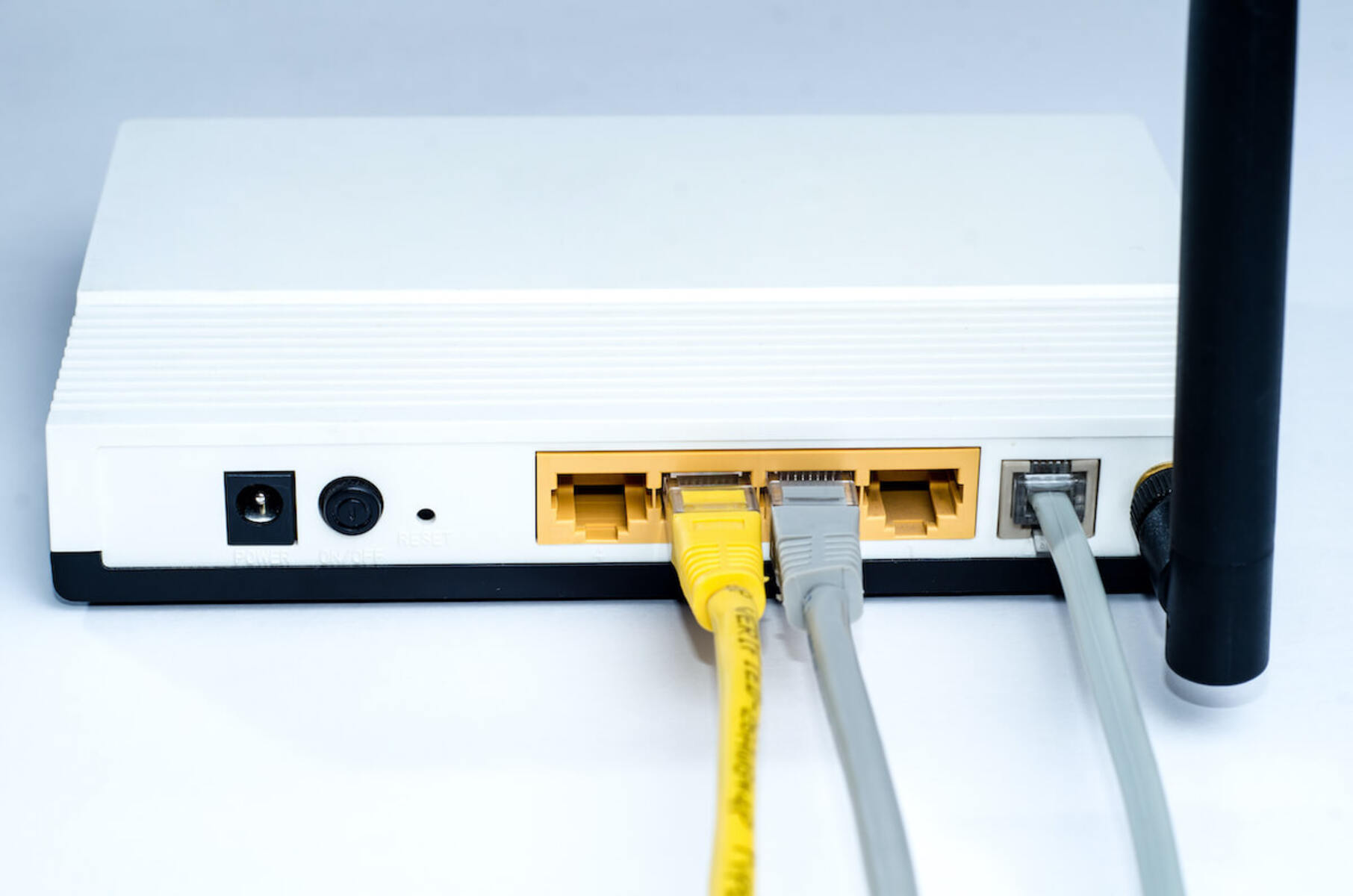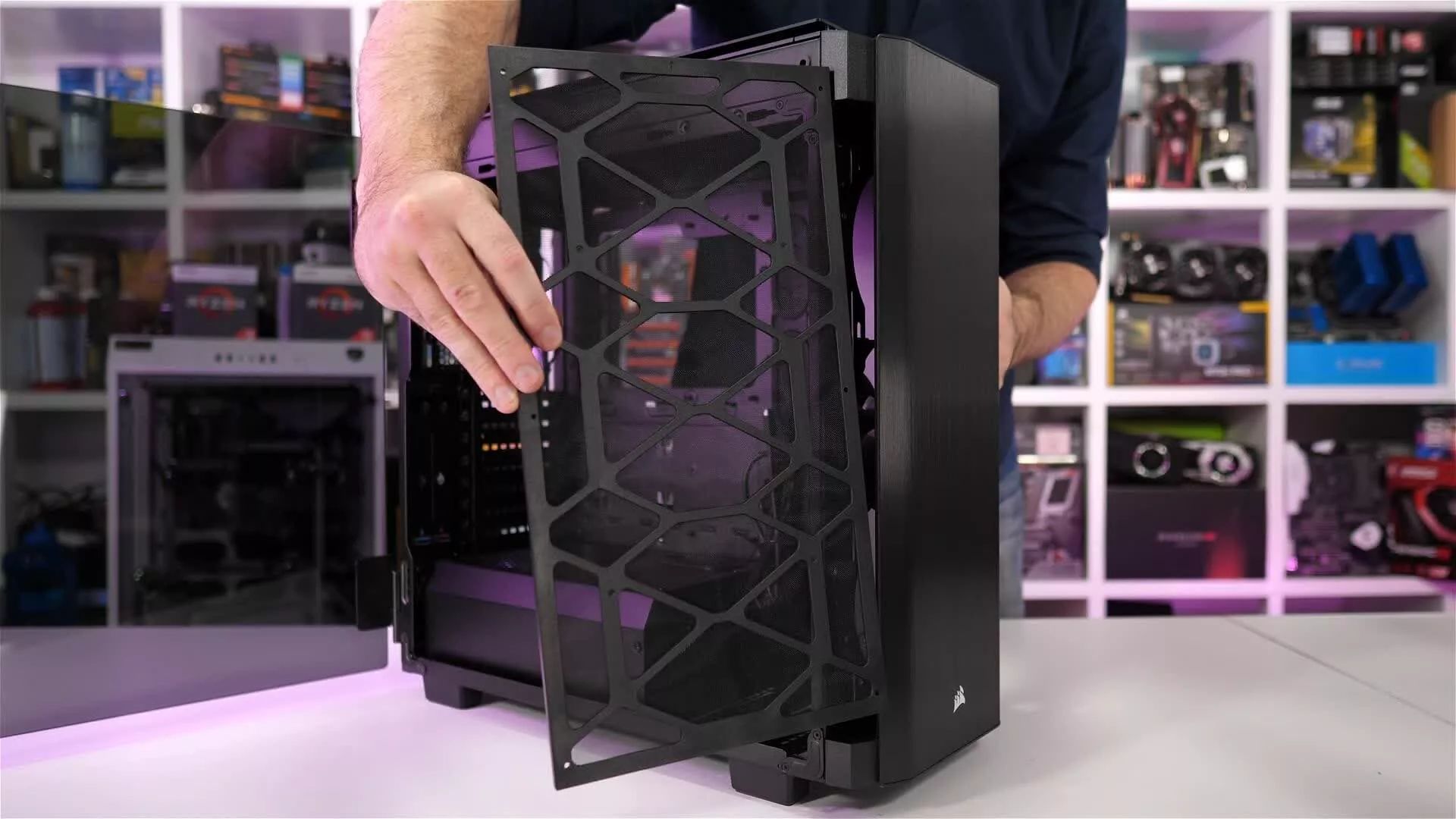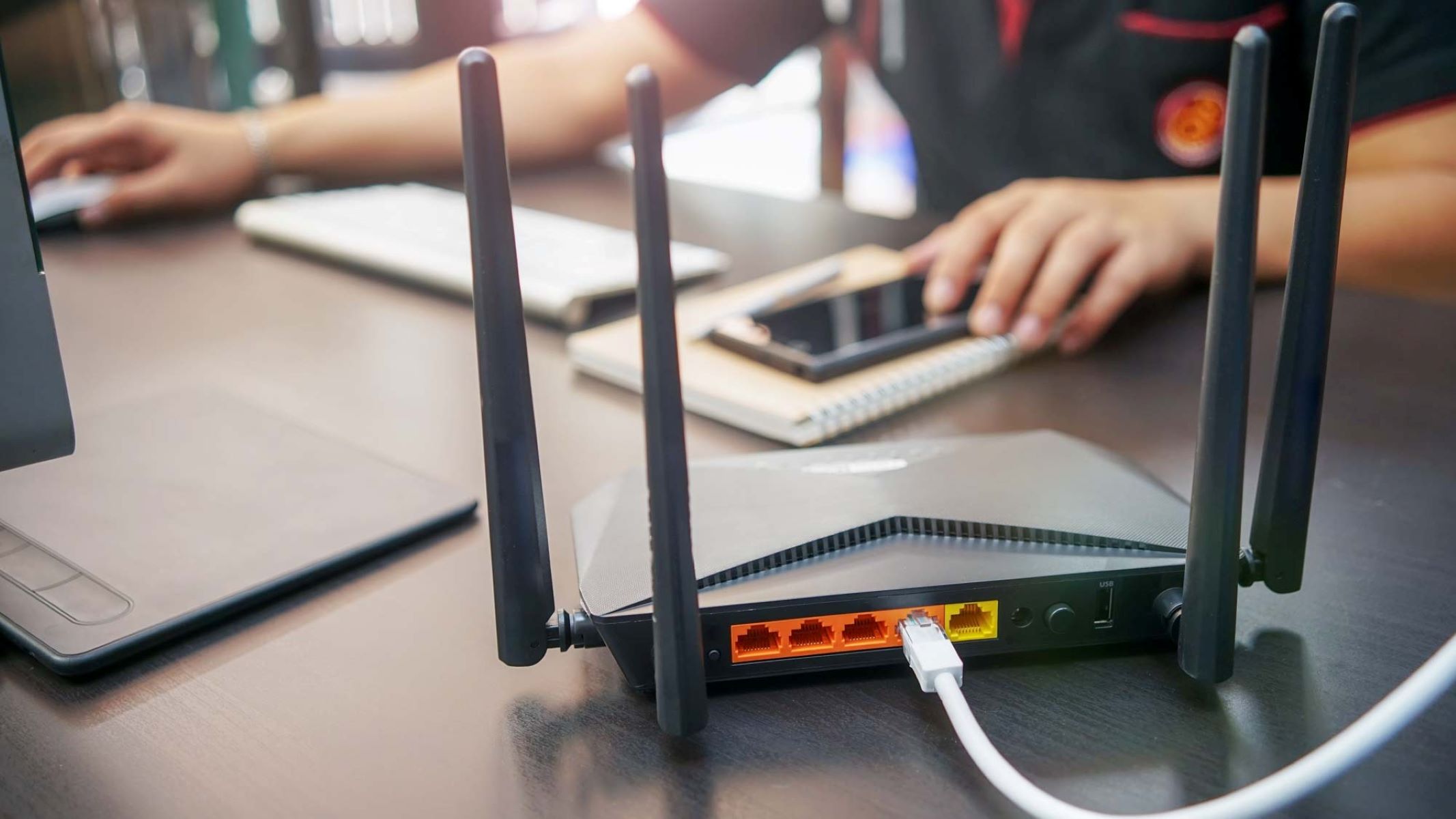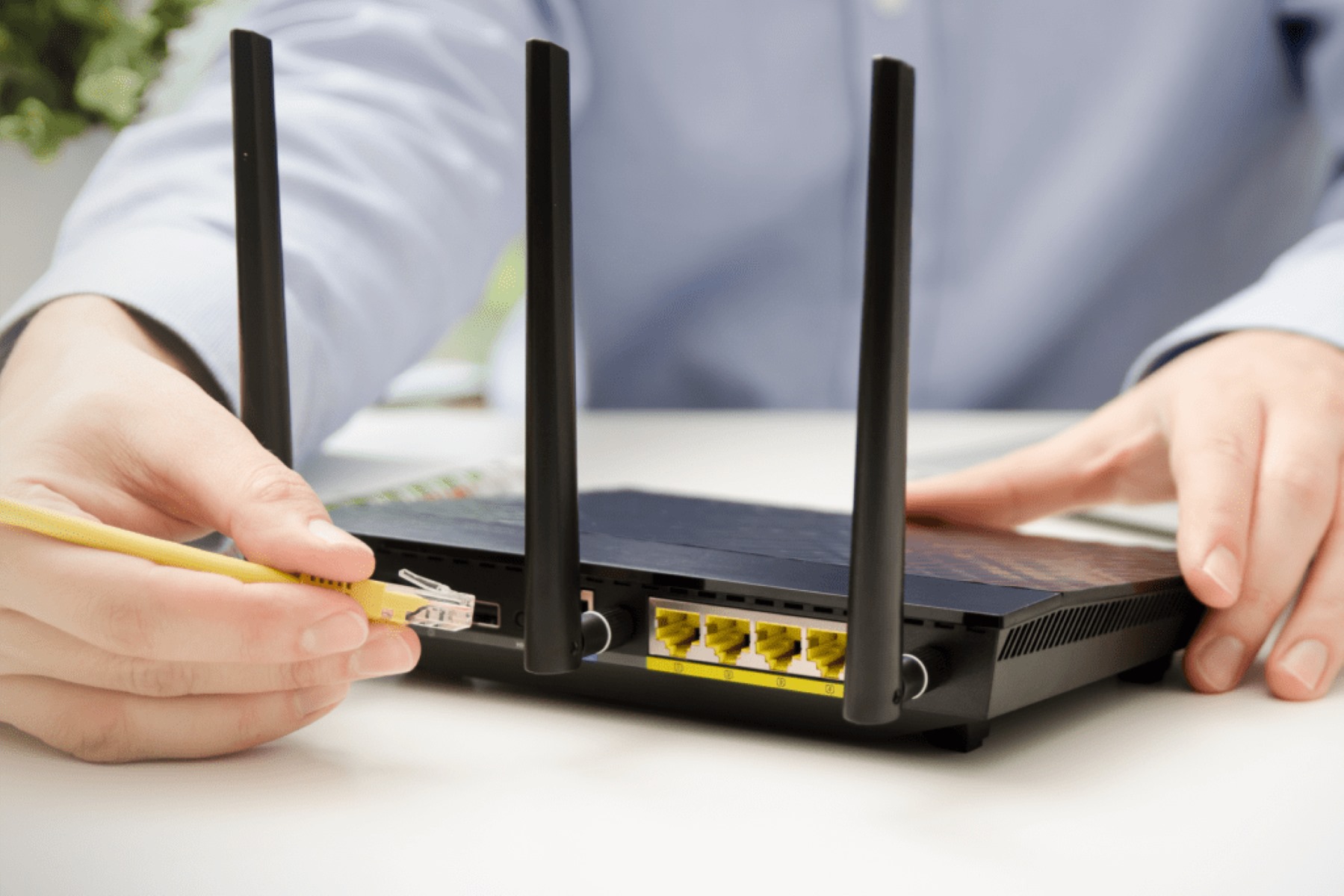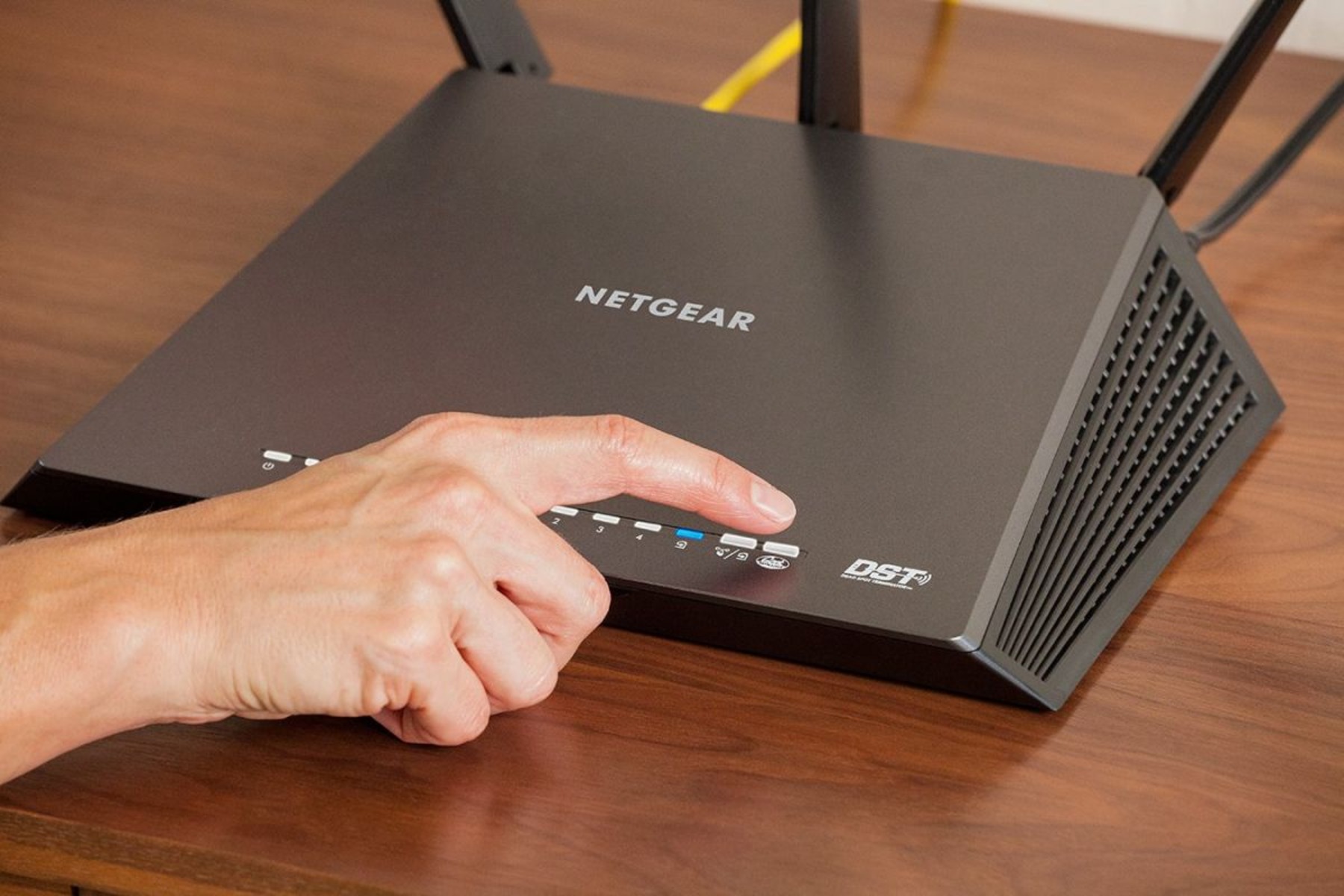Introduction
Technology advancements often render our electronic devices obsolete sooner than we would like. One such device that commonly falls into this category is the wireless router. As we upgrade to faster and more capable routers, we are left wondering what to do with the old one. Fortunately, there are several creative ways to repurpose an old wireless router, extending its usefulness beyond its original function.
In this article, we will explore some practical and innovative ideas for repurposing an old wireless router. Whether you want to extend your Wi-Fi coverage, enhance your home network, or even contribute to environmental sustainability, there is a solution for you.
Before we dive into the various ways to repurpose your old wireless router, it’s important to note that the specific steps involved may vary depending on the make and model of your device. Be sure to consult your router’s user manual or manufacturer’s website for detailed instructions tailored to your particular router.
Now, let’s explore the exciting possibilities of repurposing your old wireless router and breathe new life into it.
Convert it into a Wireless Repeater
One of the most common and practical ways to repurpose an old wireless router is to transform it into a wireless repeater. A wireless repeater, also known as a range extender or signal booster, can help extend the Wi-Fi coverage in your home or office.
To convert your old router into a repeater, you will need to access its settings via a web browser. Connect your computer to the router using an Ethernet cable or via the wireless network. Open a web browser and enter the router’s IP address to access the router’s settings. Look for an option called “Wireless Repeater” or “Range Extender” in the settings menu.
Once you find the appropriate setting, you will need to provide the necessary information such as the network name (SSID) and password of the primary router that you want to extend the signal from. With these details entered, the old router will now act as a repeater, amplifying the signal and extending the Wi-Fi coverage to areas with weak or no signal.
This repurposing option can be especially useful in larger homes or spaces with thick walls that hinder the Wi-Fi signal’s reach. By strategically placing the old router in a location where the primary router’s signal is still strong, you can effectively bridge the gap and expand your Wi-Fi coverage.
Keep in mind that while converting your old router into a wireless repeater is relatively easy, it may not offer the same performance as a dedicated range extender or mesh Wi-Fi system. However, it is a cost-effective solution that can help improve the Wi-Fi coverage in specific areas of your home.
Now that you have repurposed your old wireless router into a wireless repeater, you can enjoy an extended and enhanced Wi-Fi network without the need for additional equipment.
Create a Wireless Access Point
Another practical way to repurpose your old wireless router is to transform it into a wireless access point (AP). In a wireless network setup, an access point acts as a central hub that connects devices to the network and provides wireless connectivity.
To create a wireless access point, start by connecting your old router to your existing network using an Ethernet cable. Access the router’s settings through a web browser by entering its IP address. Look for an option called “Wireless Access Point” or “AP Mode” in the settings menu.
Once you’ve enabled AP mode, you will need to configure some settings, including assigning a static IP address to the router, disabling DHCP (Dynamic Host Configuration Protocol), and adjusting the wireless network settings to match your existing network. It’s important to ensure that the SSID (network name) and security settings, such as encryption type and password, are the same as your primary router to provide a seamless network experience.
By converting your old router into a wireless access point, you can expand the coverage area of your existing network. This is particularly useful if you have areas of your home or office where the Wi-Fi signal is weak or nonexistent.
With the wireless access point set up, devices within its range can connect to the network using the same credentials as the primary router. This ensures a smooth transition between access points as you move around your space, providing a seamless and uninterrupted wireless experience.
Creating a wireless access point with your old router not only enhances the coverage of your network but also allows for more flexibility in device placement. You can position the access point in a central location or in an area with low signal strength to optimize the Wi-Fi coverage throughout your space.
Now that your old wireless router serves as a wireless access point, you can enjoy a wider network coverage and better connectivity in areas that were previously problematic.
Use it as a Network Switch
If you have a need for additional wired network ports, repurposing your old wireless router as a network switch can be a great solution. A network switch allows you to connect multiple devices using Ethernet cables, providing a reliable and fast network connection.
To use your old router as a network switch, start by disconnecting it from the internet and any other active network connections. Then, connect an Ethernet cable from your primary router’s LAN port to one of the LAN ports on the old router.
Next, access the old router’s settings through a web browser by entering its IP address. Disable the DHCP functionality on the old router to prevent IP address conflicts. This will allow the primary router to handle the assignment of IP addresses to devices connected to the network.
Once you’ve made these changes, the LAN ports on the old router will act as switch ports, allowing you to connect Ethernet devices such as computers, game consoles, or smart TVs. Simply connect the devices to the available LAN ports on the old router, and they will be able to communicate with other devices on the network.
This repurposing option is particularly useful if your current router has limited LAN ports or if you need to expand the wired network in different parts of your home or office. By utilizing the extra Ethernet ports on your old router, you can easily connect multiple devices without the need for an additional network switch.
In addition, repurposing your old router as a network switch can help organize and centralize your wired network connections, making it easier to manage and troubleshoot any network issues that may arise.
With your old router transformed into a network switch, you can enjoy the benefits of expanded wired network connectivity and improved network management without the need for purchasing separate networking equipment.
Transform it into a Media Server
Repurposing your old wireless router as a media server is an excellent way to centralize and stream multimedia content throughout your home network. By converting your router into a media server, you can easily access and enjoy your movies, music, and photos from various devices.
To transform your old router into a media server, you will need to install custom firmware such as DD-WRT or OpenWrt. These alternative firmware options provide additional features and capabilities beyond the manufacturer’s default software.
Before proceeding, ensure that your router model is compatible with the desired firmware. Visit the firmware’s website for detailed instructions on how to install and configure it on your specific router model.
Once you have installed the custom firmware, you can enable media server functionality. This will allow you to connect external storage devices, such as USB drives or NAS (Network Attached Storage), to your old router and share the media files stored on them.
With the media server enabled, you can now access your multimedia content from devices such as smart TVs, streaming devices, or computers connected to the same network. Enjoy streaming your favorite movies on the big screen or playing your curated music playlist throughout your home.
Additionally, some custom firmware options offer advanced features like transcoding, which allows you to convert media files on-the-fly to a format that is compatible with your playback device. This ensures seamless playback and compatibility across multiple devices.
Transforming your old router into a media server not only provides a convenient way to access your media files but also removes the need for dedicated media streaming devices. This repurposing option can save you money while enhancing your home entertainment system.
Now that your old wireless router serves as a media server, you can enjoy seamless access to your favorite movies, music, and photos from any connected device within your home network.
Repurpose it as a Wireless Bridge
If you have a wired device that lacks Wi-Fi capabilities and is positioned away from your primary router, repurposing your old wireless router as a wireless bridge can solve this connectivity issue. A wireless bridge allows you to connect your wired device to your existing Wi-Fi network wirelessly.
To repurpose your old router as a wireless bridge, you will need to access its settings through a web browser. Connect your computer to the router either via an Ethernet cable or through a wireless connection if it still broadcasts a Wi-Fi signal.
Once you have accessed the router’s settings, look for an option related to wireless bridge or client mode. Enable this option to transform the router into a wireless bridge. You may be required to provide the SSID and password of your primary router to establish the wireless connection.
Once the wireless bridge mode is enabled, connect the wired device to one of the LAN ports on your old router using an Ethernet cable. The old router will now act as a bridge, wirelessly connecting the device to your Wi-Fi network.
This repurposing option can be particularly useful for connecting devices such as game consoles, media players, or smart TVs that lack built-in Wi-Fi but are located far from your primary router. Instead of running long Ethernet cables across your home, you can establish a wireless connection using your old router as a bridge.
Keep in mind that not all routers support wireless bridge mode, so it’s important to check your router’s specifications and firmware compatibility before attempting this repurposing method.
With your old wireless router repurposed as a wireless bridge, you can enjoy the convenience of connecting wired devices to your Wi-Fi network without the need for additional cabling or adapters.
Set it up as a Guest Wi-Fi Network
Setting up a guest Wi-Fi network can provide convenience and security for your home or office. Repurposing your old wireless router as a dedicated guest network is a practical way to separate your personal network from guest devices.
To set up your old router as a guest Wi-Fi network, access its settings through a web browser using its IP address. Look for an option that allows you to configure a separate Wi-Fi network, often referred to as “Guest Network” or “Guest Mode”.
Once you have located the appropriate setting, you can customize the network name (SSID) and password for the guest network. It’s a good practice to use a unique and easily identifiable network name to differentiate it from your main Wi-Fi network.
Configuring a guest network on your old router provides several benefits. Firstly, it offers a dedicated network for guests to connect to when they visit your home or office, keeping their devices separate from your personal devices.
Secondly, a guest network typically has restricted access to your main network, providing an added layer of security. This ensures that guests can access the internet but are unable to access shared files or devices on your primary network.
Furthermore, having a guest Wi-Fi network allows you to set specific rules and restrictions for guest devices. You can limit bandwidth usage, restrict access to certain websites, or set time limits to ensure a fair and secure internet experience for everyone.
Setting up a guest Wi-Fi network with your old router can help protect your main network while providing a convenient and secure wireless environment for your guests. It’s a practical solution that maintains the privacy of your personal devices while offering connectivity to visitors.
With your old router serving as a dedicated guest Wi-Fi network, you can provide seamless and secure internet access to your guests without compromising the privacy and security of your primary network.
Donate or Sell It
If you no longer have a need for your old wireless router or if repurposing it doesn’t align with your requirements, consider donating or selling it. Your old router could still be useful to someone else who is in need of reliable internet connectivity.
Donating your old router to a charitable organization, community center, or school can help provide internet access to individuals or groups who may not have the means to purchase their own equipment. Reach out to local organizations or educational institutions to inquire if they accept donations of electronic devices.
Another option is to sell your old wireless router. Many online platforms allow you to list and sell used electronics, including routers. Take some time to research the market value of similar routers to ensure a fair asking price. You can choose online marketplaces like eBay, Craigslist, or even local classified ads.
Prior to selling or donating your old router, it’s essential to perform a factory reset to erase any personal settings or data that may still be stored on the device. This step ensures that the new owner will have a clean and fresh start with the router.
By donating or selling your old wireless router, you not only reduce electronic waste but also give others the opportunity to benefit from its functionality. It’s a sustainable and socially responsible way to part ways with your device.
Before donating or selling the router, always consider its age, condition, and compatibility with the latest network standards. This information can help potential recipients make an informed decision about its usability for their specific needs.
Whether you choose to donate your old router to a deserving cause or sell it to someone who can utilize it, you can feel good knowing that the device will continue to serve a purpose in someone else’s hands.
Recycle It Responsibly
In cases where your old wireless router is no longer functional or suitable for repurposing, it’s important to dispose of it responsibly through recycling. Recycling electronic devices helps prevent e-waste from ending up in landfills, where they can release harmful chemicals into the environment.
When it comes to recycling your old router, there are several options available. Start by checking with your local recycling center or waste management facility to see if they accept electronic devices. Many municipalities have specific e-waste collection programs or designated drop-off locations.
You can also inquire about electronics recycling events in your area. These events are often organized by local communities or businesses to encourage responsible disposal of electronic devices.
If your router was purchased from a specific manufacturer, you can also explore the recycling programs offered by the manufacturer. Many reputable technology companies have their own recycling initiatives that allow you to send back your old devices for proper disposal and recycling.
Before recycling your old router, ensure that you remove any personal data or information stored on the device. Perform a factory reset to restore the router to its original settings and remove all personal configurations and data.
Remember, recycling your old wireless router is not only an environmentally responsible choice but also helps conserve valuable resources. The materials used in routers, such as plastics, metals, and electronic components, can be recovered and reused in the production of new devices, reducing the need for raw materials.
By recycling your old router, you contribute to the overall efforts of minimizing e-waste and promoting sustainability in the technology industry.
Take the time to find a suitable recycling method for your old wireless router, ensuring that it is disposed of responsibly and safely.
Conclusion
When faced with an old wireless router that no longer meets your networking needs, there is no need to let it gather dust in storage or contribute to electronic waste. By repurposing your old router, you can extend its usefulness and find creative ways to enhance your network or help others in need.
We explored various repurposing options, including converting it into a wireless repeater to extend Wi-Fi coverage, setting it up as a wireless access point to expand your network, using it as a network switch to connect multiple devices, transforming it into a media server for centralized content sharing, repurposing it as a wireless bridge to connect wired devices, creating a guest Wi-Fi network for added security and convenience, donating or selling it to give someone else the benefit of internet connectivity, and recycling it responsibly to prevent e-waste.
Each repurposing option holds its own unique benefits and considerations, allowing you to choose the option that aligns with your specific requirements and circumstances. Whether you want to optimize your network, improve home entertainment, or contribute to environmental sustainability, repurposing your old wireless router offers a practical and responsible solution.
Remember to consider the compatibility and limitations of your old router, consult the user manual, and ensure you have the necessary technical knowledge or assistance when implementing the repurposing methods.
So, instead of discarding your old wireless router, unleash its hidden potential and give it a new lease of life. Explore the repurposing options and enjoy the benefits of an extended network, enhanced connectivity, and even the satisfaction of making a positive impact on the environment or someone else’s life.







